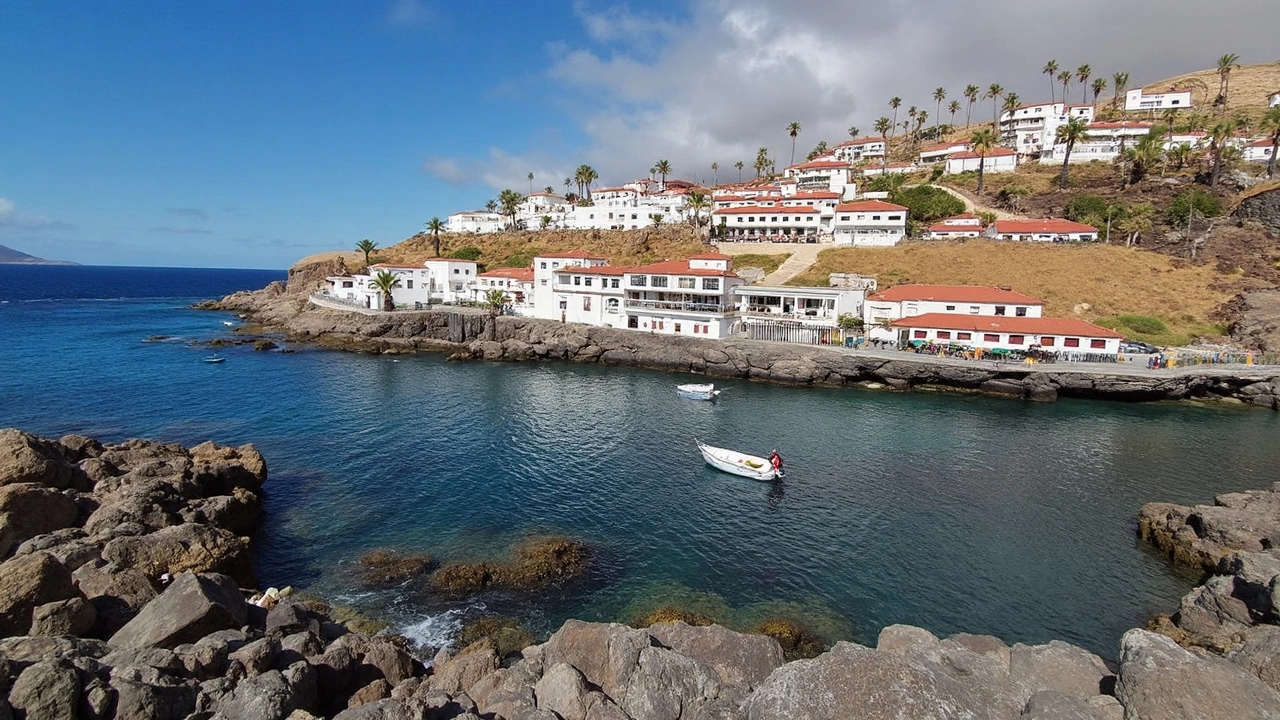
Storms Hammer Canary Islands, Bringing Fresh Risks After Lanzarote Flooding
It hasn't been a smooth ride for anyone hoping to enjoy the Canary Islands this April. Just days after jaw-dropping rainfall pounded Lanzarote—leaving hotels in the dark, streets under water, and popular resorts scrambling—another wave of severe weather swept into the Atlantic archipelago. This time, yellow alerts cropped up not just in Lanzarote, but also across Tenerife, Gran Canaria, and La Gomera. If a week in paradise looked like a safe bet, think again.
Storm Olivier was the culprit behind Lanzarote’s initial misery. From April 12th to 13th, 2025, the rain came down in sheets—over 60 liters an hour at times—transforming sights like Costa Teguise, San Bartolomé, and Arrecife into sprawling puddles. It didn’t stop at slick pavements. Power flickered on and off in major hotels, roads were packed with mud and stranded cars, and police cordoned off whole zones trying to keep visitors safe.
That chaos got the attention of the UK’s Foreign Office, whose revised travel advisory for Spain warned British travelers of both ongoing disruptions and the potential for more. The growing list of blocked roads, cancelled excursions, and overwhelmed emergency services was hard to ignore. Reports on social media showed shell-shocked tourists rolling their suitcases through ankle-deep water and broken hotel lobbies. Even after the worst flooding ebbed, the clean-up wasn’t quick, with mop-up crews battling to clear debris and fix ruined infrastructure.
Yellow Alerts and "Force Seven" Winds Complicate Travel Plans
No one caught their breath before the next threat showed up. Spain’s weather agency AEMET issued yellow alerts for the larger islands as a new low-pressure system barreled through. Tenerife, Gran Canaria, and La Gomera all braced for pounding conditions. Sustained winds hit 40 mph (61 km/h), tossing up six-foot waves along the usually inviting beaches. For tourists, the yellow warning meant stay out of the water, skip the kayak rental, and probably rethink that sunscreen purchase altogether. "Force seven" isn't some weather headline jargon—it’s serious. Conditions like that not only knock over umbrellas, but also shut ferry routes and leave sunbeds stacked and unused.
For local hotel owners, the timing couldn’t be worse. Hoteliers were still dealing with stranded guests and rescheduled airport transfers from the floods. Now, with incoming storms, they had to juggle timetables, cancel beach excursions again, and reassure worried travelers—who just wanted to know if they could get a latte and a tan in peace. Staff scrambled to keep guests entertained indoors as outdoor excursions, boat trips, and even some road travel were put on ice.
The impact hasn’t gone unnoticed across Europe. After the UK, Ireland’s Foreign Ministry issued new advice too, flagging the unpredictability of Spain’s springtime weather patterns. Guidance couldn’t have been clearer: check local media, watch weather bulletins, and don’t count on your usual sun-and-fun routine. The message was repeated in airports across the region as digital signs flashed with warnings about expected delays, potential power cuts, and transport interruptions.
It all adds up to a rocky start to the season for the Canaries. While locals are used to dramatic Atlantic shifts, recent events have left even seasoned residents surprised by the intensity and frequency of these storms. Travelers with spring bookings are now glued to their phones, hoping for calmer seas and clearer skies—but for now, plans remain up in the air.